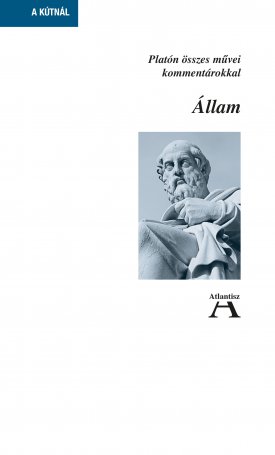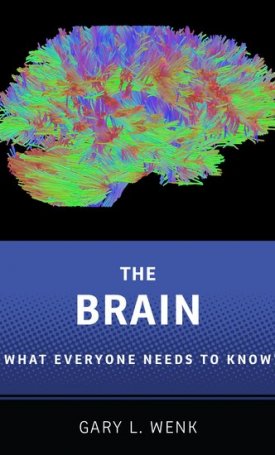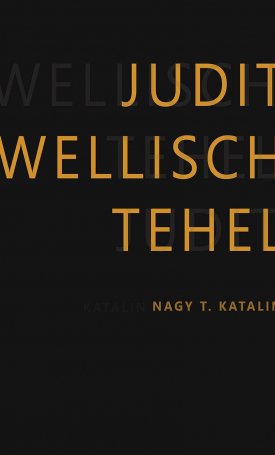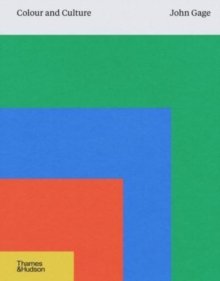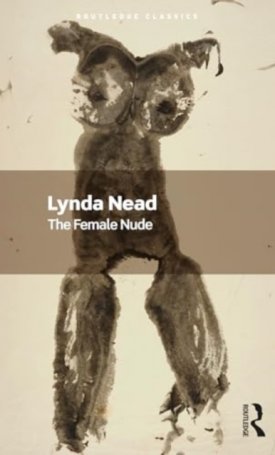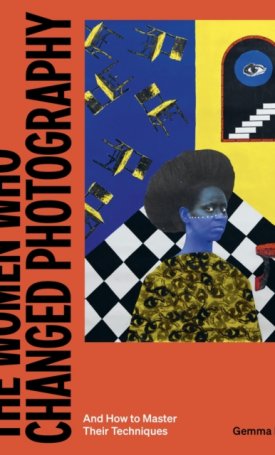Antiquities - What Everyone Needs to Know
Antiquities - What Everyone Needs to Know
Offers a lively first-hand account of how artworks and historical pieces are actually handled by everyone from archaeologists to looters to museums
Divided into three comprehensive sections that, together, equip readers with what they need for an informed encounter with ancient heritage within and outside museums
Provides critical context for current events, such as ISIS` destruction of Palmyra, and hot-topic issues such as repatriation, looting, and forgeries
Written in a highly readable Q&A format as part of the popular What Everyone Needs to Know® series
The destruction of ancient monuments and artworks by the Taliban in Afghanistan and the Islamic State in Iraq and Syria has shocked observers worldwide. Yet iconoclastic erasures of the past date back at least to the mid-1300s BCE, during the Amarna Period of ancient Egypt`s 18th dynasty. Far more damage to the past has been inflicted by natural disasters, looters, and public works.
Art historian Maxwell Anderson`s Antiquities: What Everyone Needs to Know® analyzes continuing threats to our heritage, and offers a balanced account of treaties and laws governing the circulation of objects; the history of collecting antiquities; how forgeries are made and detected; how authentic works are documented, stored, dispersed, and displayed; the politics of sending antiquities back to their countries of origin; and the outlook for an expanded legal market. Anderson provides a summary of challenges ahead, including the future of underwater archaeology, the use of drones, remote sensing, and how invisible markings on antiquities will allow them to be traced.
Written in question-and-answer format, the book equips readers with a nuanced understanding of the legal, practical, and moral choices that face us all when confronting antiquities in a museum gallery, shop window, or for sale on the Internet.
Table of Contents
Acknowledgments
Foreword
Part I: Legal and Practical Realities
Chapter 1: Defining Antiquities
What are the differences among antiquities, archaeological materials, and ancient art?
How is archaeological material defined?
How are scientifically excavated objects removed from under land or water?
How is ancient art defined?
Are there accepted arbiters of these definitions?
How have these definitions changed over time?
How do different countries define antiquities?
What are the differences among countries, nations, and `state parties`?
How do scholars define antiquity differently from culture to culture?
Chapter 2: Cultural Ownership: Past and Present
Did people collect in antiquity?
How did artifacts move across cultures in the ancient world?
When did ancient cultures turn into modern ones?
Who gets to decide whether an artwork has `repose`-or a permanent claim to stay in its current place?
What happens to cultural ownership when governments or regimes change?
Why does a modern nation have a claim to an ancient culture?
Chapter 3: Framing Today`s Debate
What are the key issues in debate on this matter?
What are the fault lines between archaeologists and those defending collecting?
What is at stake in the debate?
Who gets to decide the outcomes of claims and counter-claims?
How has the debate changed over the last few years?
Chapter 4: The Cosmopolitan Argument
What does the contextual argument leave unanswered?
What is the cosmopolitan argument?
How is it rooted in history?
What practical steps are implied in the cosmopolitan argument?
How has the cosmopolitan argument been received?
Chapter 5: Divining Originals, Pastiches, and Forgeries
What are the origins of copying and forging antiquities?
How is an original antiquity recognized as such?
What reveals that an antiquity has been restored?
What is meant by an intervention?
What is meant by pastiches?
How do experts identify forgeries?
How long have there been forgeries?
Are fakes and fraudulently restored artifacts a big part of the market?
How do experts insure that works are authentic?
Are there degrees of authenticity?
How many forgeries make their way into established collections?
Part II: Settled Law and Open Questions
Chapter 6: International Conventions and Treaties
What prompted a global conversation about conventions on cultural property?
Is there a generally accepted understanding of which antiquities are legal to export and import?
What are the international treaties governing what is legal?
How have market nations dealt with the UNESCO Convention?
How have source nations dealt with the UNESCO Convention?
What treaties have come in the wake of the UNESCO Convention?
What is meant by Chapter 7: National Laws, and Statutes
How do national laws intersect with foreign legal systems?
What are the differing laws among so-called `source` countries protecting ancient artifacts?
What are the export restrictions of art-rich nations?
What are the import restrictions of nations where collecting is robust?
How and where are stolen works seized by government authorities?
Chapter 8: Modern National Identities
What modern nations first codified the concept of cultural patrimony, or state ownership?
How much does state ownership depend on national identities?
Have there been successful challenges to state ownership?
What if the evidence of state ownership is unclear?
Are there legitimate claims of state ownership decoupled from national identity?
Are there recently formed nations with looser claims to state ownership?
Chapter 9: Chance Finds, Excavation, and Looting
What are the differences among chance finds, excavation, and looting?
How do different nations treat chance finds?
What kinds of shipwrecks have been discovered to date?
What are the ownership laws governing shipwrecks?
What will become of as-yet unexcavated antiquities underwater?
What will become of unexcavated antiquities underground?
What is the best way to care for freshly excavated works today?
How does someone become a looter and what do they earn?
How are source countries working to counteract looting?
How do looted objects get `laundered` so as to minimize scrutiny and suspicion?
How do looted works end up on the legal art market?
What protections are there to lessen looting by those charged with protecting archaeological sites?
Chapter 10: Acquiring Antiquities in the Marketplace
What are the primary channels through which antiquities are sold?
How big is the licit art market?
How is the legal art market faring?
And how about the illicit market?
How big of a problem are chance finds?
Who buys looted artworks?
What is a good faith purchase under civil law?
How were private collections formed in the modern era?
What information about purchases accompany a bill of sale?
Are collectors complicit or innocent in fostering the illicit trade?
Part III: Scenarios and Solutions
Chapter 11: Realities of Storage, Dispersal, and Display
What happens once antiquities are excavated?
What are the contents and state of modern museum storerooms?
How well documented are artifacts in museum galleries and storerooms?
What will happen to stored works in the long term?
How easily do artifacts circulate for exhibitions, long-term loans, and collection-sharing?
How common are long-term loans or collection-sharing?
How have displays of antiquities changed over time?
Chapter 12: Capturing Antiquity: Documentation
What is meant by object documentation and why is it important?
What are the unique challenges in documenting antiquities?
How have antiquities been documented until recently?
What is the best way to identify ancient objects in the digital age?
What new methods to document archaeological objects are on the horizon?
Chapter 13: Replication of Ancient Objects
What is meant by replication?
What did people in antiquity think of replication?
Why were Roman copies of lost Greek originals so popular?
How were replicas viewed in antiquity in Asia?
How about in Precolumbian Art?
When and why did plaster casts enjoy popularity?
For what purposes are replicas of antiquities in use today?
Will 3-D printers and man-made materials make increasingly credible duplicates of originals?
Can replicas substitute for originals?
Chapter 14: Retention, Restitution, and Repatriation
What do these terms mean?
Which term is best suited to address the Parthenon Marbles?
Are antiquities better off staying put or circulating?
How have recent upheavals in the developing world affected the rationale for state ownership?
What is "safe harbor" for ancient objects?
How do restituted objects fare once returned to their source country?
What are How much provenance is deemed sufficient to take objects out of limbo?
Is transparency about objects in limbo productive?
Have sources countries claimed any objects in limbo that are not documented as stolen?
What will become of antiquities in private collections that don`t meet restrictive acquisition standards?
Chapter 15: The Prospect of an Enlarged Legal Market
Will the legal antiquities market ever expand to include source countries?
What are the arguments for and objections to enlarging the licit antiquities market?
What are the potential benefits to source countries in permitting a legal market?
How do advocates of an expanded legal market suppose that it might develop?
Chapter 16: Evolving Perspectives on Ownership
How are dealers and collectors coping with increasing restrictions?
What are collecting institutions advocating?
What are the differences between ownership and stewardship?
Why don`t museums sell antiquities in storage?
Is leasing antiquities a viable alternative?
Chapter 17: Looking Ahead
Are claims likely to increase in the coming years?
What new technologies might safeguard antiquities from harm?
How will remote sensing affect the care and study of antiquities?
How much more is there to be discovered underground?
Will underwater excavation become more prevalent?
Will source nations ever adequately police archaeological sites?
Will attitudes to the antiquities market shift?
Will digital emulation and simulation of ancient contexts become more acceptable?
How many forgeries might be revealed in major museum collections?
Is the appetite for present distractions displacing interest in the past?
References
Dr. Maxwell L. Anderson has researched, published, and presented exhibitions of ancient artworks for more than thirty years. He was a curator in the Department of Greek and Roman Art at The Metropolitan Museum of Art for over six years, held teaching positions in the field of Roman art history at the University of Rome II, Princeton University, and Emory University, and spent nearly three decades as an art museum director, most recently at the Dallas Museum of Art. In 2002, while President of the Association of Art Museum Directors, he formed a Task Force on Archaeological Materials & Ancient Art, which he chaired for the better part of a decade, fostering responsible collecting practices among museums. He is now Executive Director of the New Cities Foundation.
Series: What Everyone Needs to Know
Category: Művészettörténet, Történelem / kultúrtörténet



